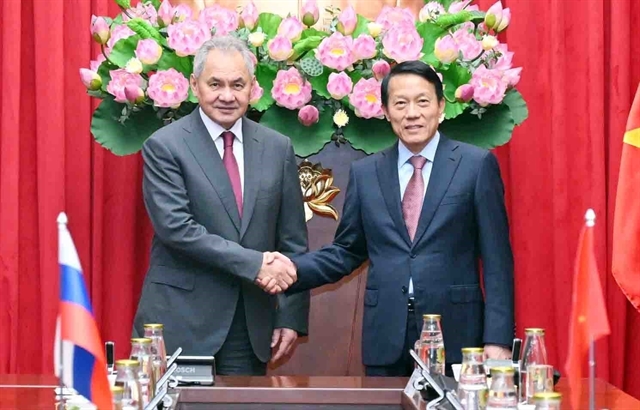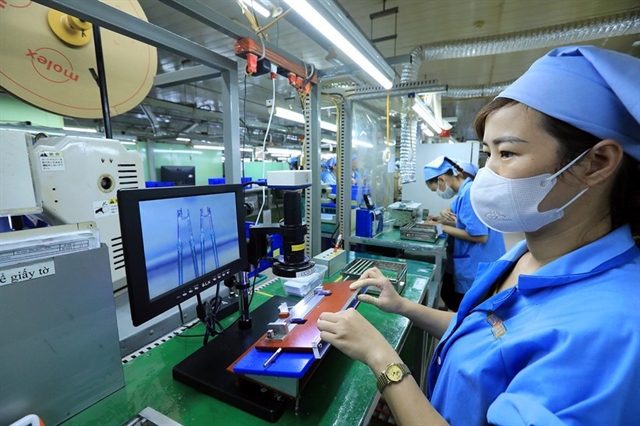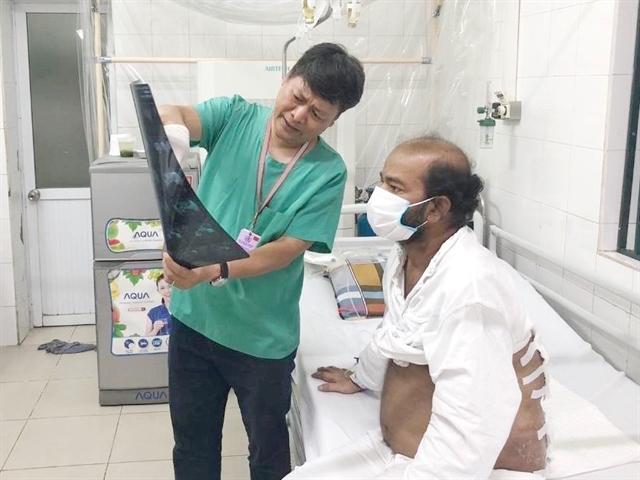 Society
Society
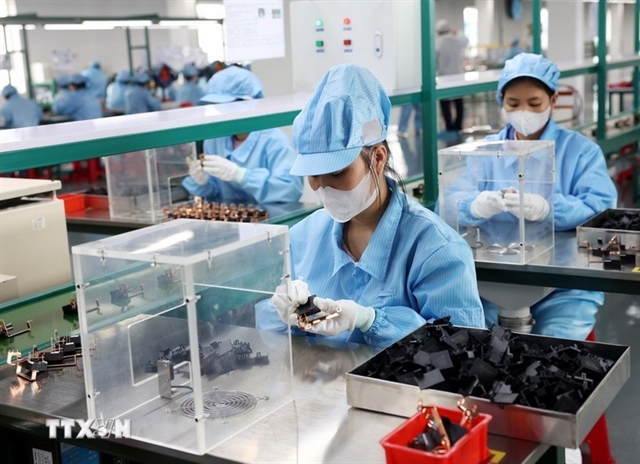
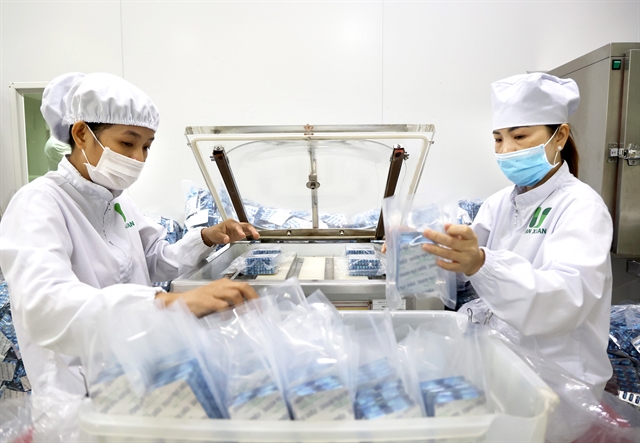 |
| Workers package medicines at a factory in Long An Province. — VNA/VNS Photo |
HÀ NỘI — In recent months, shortages of essential medicines and medical equipment have ravaged many healthcare facilities across Việt Nam.
Reports from provinces such as Cao Bằng, Hà Nam, and Đồng Tháp reveal that shortages of certain medicines and testing chemicals covered by health insurance remain unresolved.
Patients have had to purchase medications out of pocket or turn to private hospitals for testing services, which are not reimbursed by insurance. This has caused financial and logistical burdens for many, especially those relying on the public healthcare system.
Constituents have raised these concerns with National Assembly deputies ahead of the recent 8th session of the 15th National Assembly, calling for more decisive action to tackle the issue.
The Government has introduced several measures to address this problem. The new Public Procurement Law, which came into effect earlier last year, and accompanying regulations from the Ministry of Health (MoH), aim to streamline the procurement process for medicines and medical equipment. Additionally, five circulars have been issued to guide healthcare facilities on bidding procedures.
However, the implementation has been inconsistent. Some hospitals have struggled to launch procurement packages due to unfamiliarity with the updated rules or challenges in determining the actual prices of specialised products, such as chemicals and advanced medical devices.
As a result, localised shortages persist, leaving patients waiting for essential treatments.
Some hospitals in Hà Nội have specifically highlighted difficulties in planning and validating prices during procurement processes, citing uncertainties in evaluating the real market value of products.
The MoH has pointed to both global and domestic factors as contributing to the shortages.
Globally, supply chain disruptions caused by conflicts in Europe and the Middle East have affected the availability of medicines and raw materials.
Domestically, a lack of proactive planning by some healthcare facilities has compounded the problem. Many hospitals are hesitant to initiate procurement processes, despite having clear legal guidelines.
Local authorities have also been criticised for failing to provide adequate oversight and support to ensure a steady supply of medicines and medical devices. This lack of coordination has created gaps in the system, affecting patient care.
The MoH has taken several steps to address these challenges. It has issued detailed guidelines and operational documents to support healthcare facilities in navigating procurement procedures.
Additionally, the ministry has intensified its oversight to ensure the availability of supplies, especially during emergencies like natural disasters or disease outbreaks.
Procurement is currently conducted through three main channels: centralised national bidding, local bidding and self-organised procurement by individual healthcare facilities.
For rarer or patented medicines, the MoH negotiates prices directly. However, many hospitals remain concerned about the complexity of price evaluation, particularly for specialised equipment.
To assist hospitals, the ministry is preparing a practical procurement guidebook, set for release in early 2025. This guide aims to clarify procurement regulations and provide step-by-step instructions to hospitals, enabling them to navigate the process more effectively.
Recent amendments to the Health Insurance Law allow for the transfer of medicines and medical supplies between facilities under insurance coverage. This new mechanism aims to prevent shortages at individual facilities and ensure patients receive timely care.
Additionally, Circular 22/2024, which takes effect on January 1, 2025, provides clearer guidelines for reimbursing health insurance-covered medicines and equipment. This measure is expected to ease financial pressures on patients and hospitals, improving access to essential treatments.
Despite these efforts, Minister of Health Đào Hồng Lan stressed that resolving the shortages required not only strong legal frameworks but also proactive and flexible implementation at the hospital level.
She highlighted the example of HCM City's University Medical Centre, which has established a specialised procurement team to manage its large-scale needs efficiently.
To address the root causes of the shortages, Minister Lan emphasised the need to bolster the domestic production of medicines and medical equipment.
She called for policies to attract international pharmaceutical investors and encourage local production, reducing Việt Nam’s reliance on global supply chains.
The MoH had also deployed working groups to visit hospitals and identify specific challenges. These teams would work closely with hospital directors to try to find practical solutions, ensuring patients are not forced to buy essential supplies externally. — VNS

